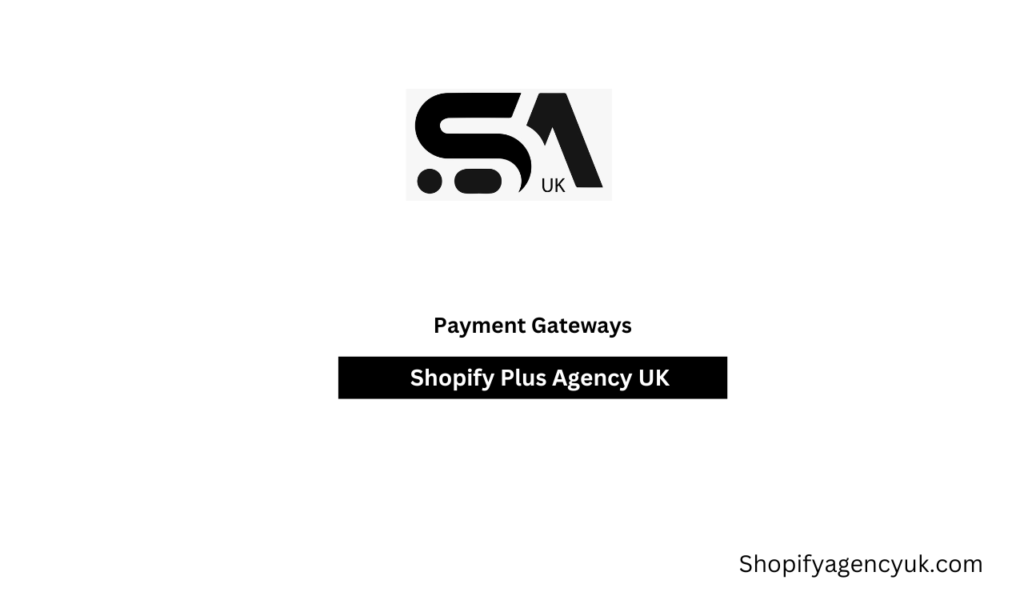Ultimate Guide to Secure Payment Gateways Integration on Shopify in 2025
My expertise mainly lies in setting up and running the Shopify Agency, including adding payment gateways like PayPal. I am a businessperson who runs workers online.
I understand how vital the selection of the correct payment gateway is. It won’t be able to accept credit cards, PayPal, or other payment methods that are secure, easy, and comfortable when the company is concerned. This article will reveal my know-how and objective about integrating payment providers into the Shopify store.
Understanding Payment Gateways on Your Shopify Store
Payment gateways are a division of the payment information departments that introduce the interchange of the best of the two worlds to your Shopify and customers’ bank. From my side, I have ascertained that receiving card payments and financial affiliate services like PayPal will only be possible if the Store has a very well-integrated payment gateway.

The core functions of a payment gateway are:
Money Transfer: Payment Gateways authorize and transmit funds from the purchaser to the merchant.
Protection and Coding: The gateways use encryption for this purpose, hiding the credit card’s information, i.e., blocking it, and therefore, the risk of fraud is negligible.
Transaction Management: Gateways offer more than tools for real-time payment tracking; they also allow users to issue chargebacks or refunds.
Step 1: Choosing the Right Payment Gateway for Your Shopify Store
During the day that I ran several Shopify stores, I learned that choosing the right payment gateway is the first thing for smooth operations. Several factors influence the selection, such as your location, business, and target customers. Shopify has a payment platform called Shopify Payments and numerous third-party gateways such as PayPal, Stripe, and Authorize .NET in the indigenous marketplace.
Considerations When Choosing a Payment Gateway
- Transaction Fees
- Payment Methods Accepted
- Backing for Currency
- Payout Schedule
- Security and Fraud Protection
- Integration with Shopify
Step 2: Setting Up Shopify Payments
It will be the most straightforward choice for Shopify users since, according to my knowledge, Shopify Payments is one of the less troublesome gateways available in many places and does not serve as a third party. In many instances, I found the whole setting process quick; it also gave me lower rates than the others, which all sold points.
How to Set Up Shopify Payments
- Access the Payment Setting
- Switch on Shopify Payments
- Enter the Details of the Business
- Customize the Payment Settings
- Save the Changes
Step 3: Integrating Third-Party Payment Gateways
If none of the Shopify Payment options are available in your country, or if you prefer some over others, I can provide you with directions on how to install the third-party payment processors. You can simply integrate it with Shopify Agency in the UK, among the other 100 or so options. PayPal is one such well-known name. Stripe and Authorize .NET are the other such examples.
How to Set Up a Third-Party Payment Gateway
- Open the Payment Settings
- Choose a Payment Provider
- Choose Your Gateway
- Create Your Account
- Save the Settings
Step 4: Setting Up PayPal as a Payment Gateway
However, I am also keen on the PayPal system because it is one of the most commonly used payment systems, and most international customers use it. In my experience, PayPal Express Checkout is the auto-link that Shopify does with this provider, but you need to connect your account and complete the activation process.
How to Set Up PayPal on Shopify
- Go to Payment Settings
- PayPal Setup
- Login to PayPal
- Save the Changes
Step 5: Managing Payment Gateway Settings
Moreover, after I have included my payment gateways, I can already see it is time to set up payments and tweak the settings so it goes better. Here are some tips that I have found to make transactions operate smoothly:
- Fraud Prevention
- Testing Transactions
- Payout Settings
- Currency Conversion
Step 6: Optimizing Checkout for User Experience

To minimize cart abandonment, just make the checkout process simple and easy. Give customers opportunities to pay with cards, PayPal, and locally (Apple Pay or Google Pay) to ensure the payment process does not inconvenience them.
Frequently Asked Questions about Shopify Payment Gateways
Can I use multiple payment gateways on Shopify?
Yes, you can now use multiple gateways at the checkout level; for instance, buyers can use their credit card, debit card, or even Apple Pay. This flexibility empowers them to choose how they would like to pay and improves their shopping journey with us. It also helps us suggest the most convenient and cheap way to pay buyers for their goods or services.
What are the benefits of using Shopify Payments?
From my point of view with Shopify Payments, I have experienced it being directly combined into the Shopify platform. This connection saves us the trouble of utilizing other parties and their participation fee but instead allows us to process payments efficiently and at a lesser cost. In such cases, the purchase price is often lowered; thus, attractive offers can lure buyers and decide to buy the required products or services.
How do I set up PayPal on Shopify?
One step is to link my PayPal business account with Shopify’s payment settings to configure it. One-time activation will be available for all our customers and will allow them to opt into PayPal like a traditional card.
Are there additional fees for using third-party payment gateways on Shopify?
Yes, I have already noticed that payments made with third-party gateways through Shopify often incur extra charges besides the gateway operator charges. Shopify adds these costs to any transaction fees the payment provider levies. It is, therefore, critical to consider our costs regarding the payment options we choose for our online store.
How can I ensure my payment gateway is secure from hacking?
I strengthen the security of our payment gateway by introducing the security that our payment processor offers. Such enhancements consist of CVV verification and address matching. Therefore, such an approach will further cut the financial losses a company may experience.
